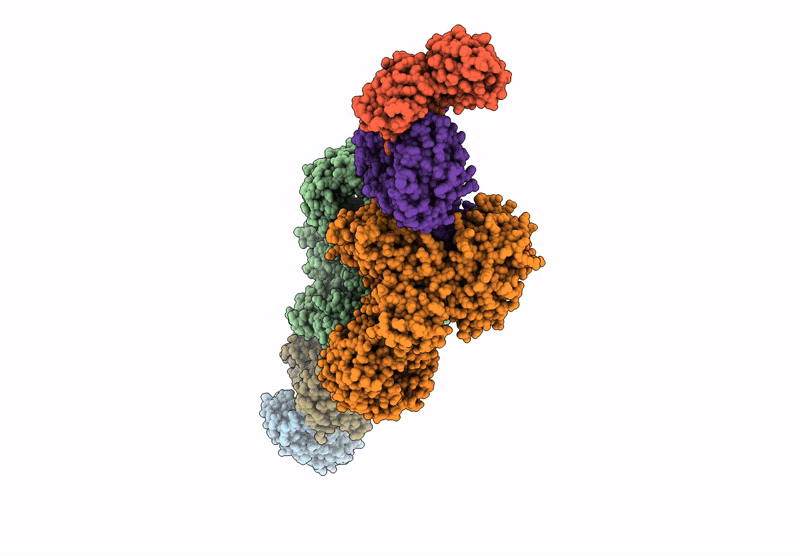
Deposition Date
2024-12-10
Release Date
2025-10-22
Last Version Date
2025-10-22
Method Details:
Experimental Method:
Resolution:
3.90 Å
R-Value Free:
0.33
R-Value Work:
0.25
R-Value Observed:
0.26
Space Group:
P 1 2 1


